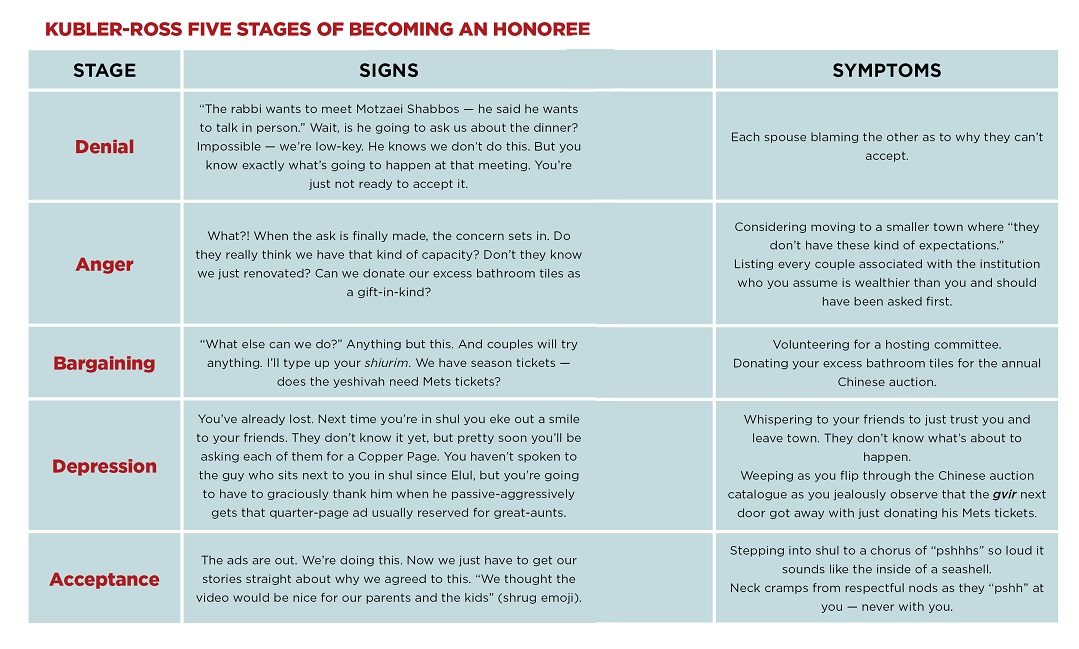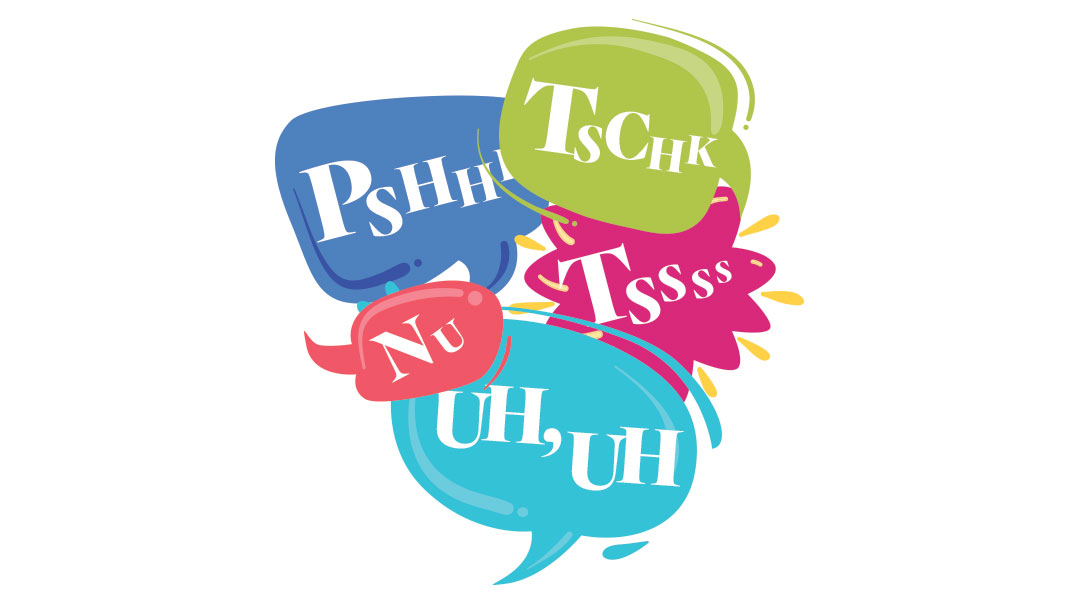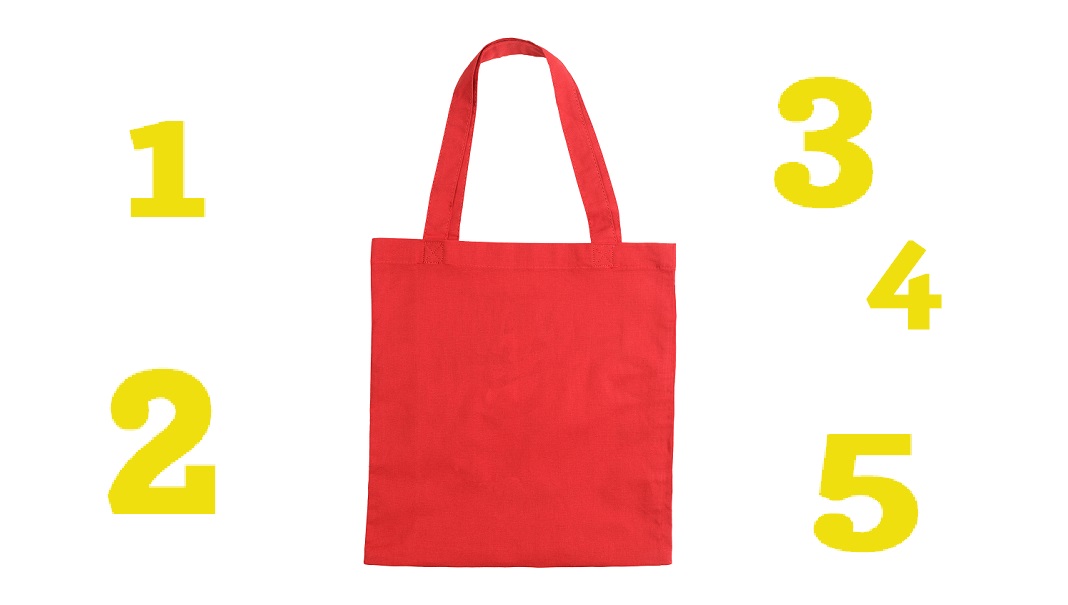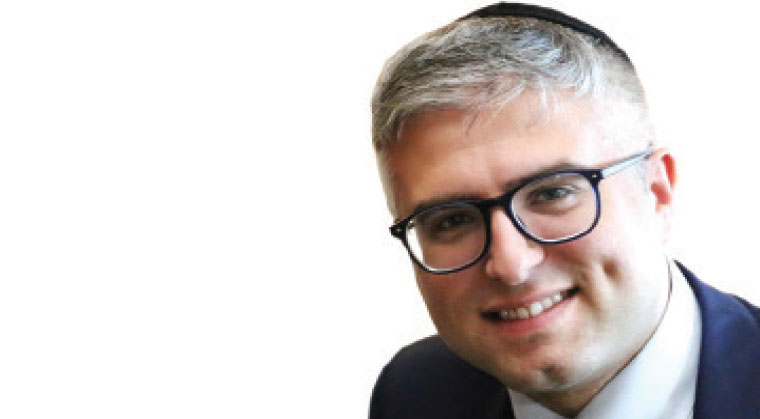Top 5 Siyum Moments
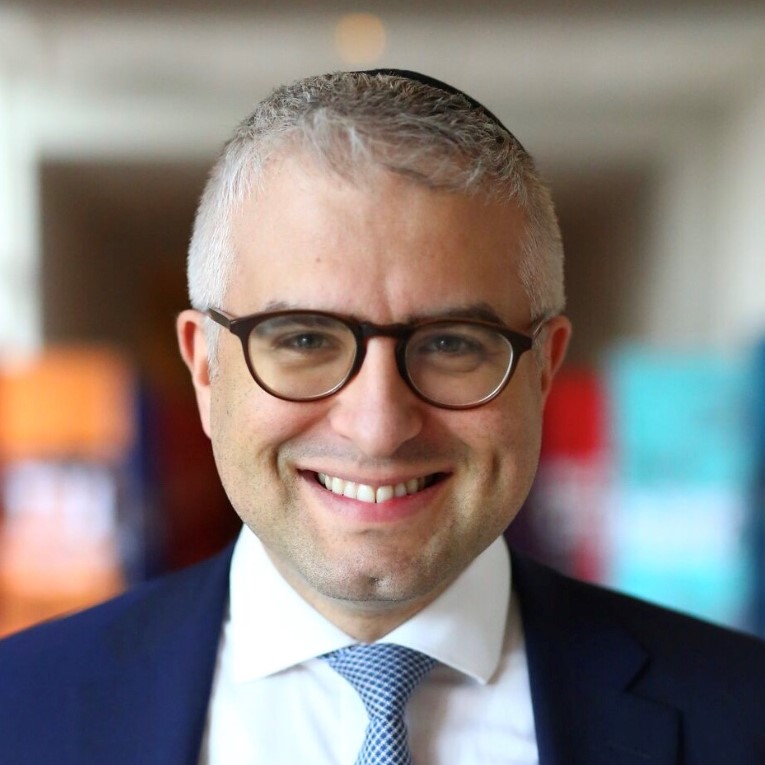
Everyone had a moment, and everyone had the challenge of staying in a moment
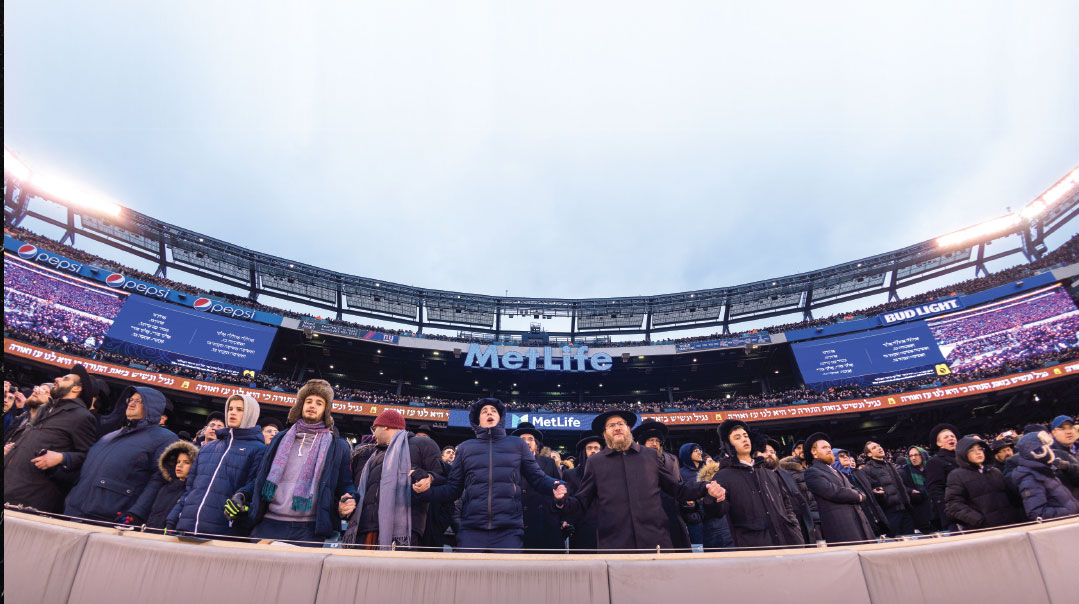
While this is the second Siyum HaShas I’ve attended, it was the first Siyum for everyone with the existence of social media. It seemed like two conversations were happening throughout. One was the event and the other was reacting to the event. It was a litmus test of sorts, not only for which moments resonated with different people, but how different people were able to stay in the moment. So whether you were physically present, or watching online, or just getting clips and pictures forwarded to you, everyone had a moment, and everyone had the challenge of staying in a moment. And if you were able to muster the latter you surely found the former. Here are my top five Siyum moments.
The VIPs
“So, where are you sitting at the Siyum?” This seemingly simple question rarely gets a straightforward answer. “I know a bunch of people in VIP boxes.” Yeah, okay, but where are you sitting? “Well, last year I was in a box — my wife is actually cousins with…” Cool, cool, but again your seat is… “My father knows a lot of Agudah people so he’s actually on the dais, or near the dais — my father can for sure see the dais.” Okay, so I guess we’ll just meet up after? In shidduchim people pride themselves on being outside the box, at the Siyum everyone was focused on who was in the box. True story: As I was driving toward the Siyum, snaking through the crawl of traffic, I saw a Yid trying to negotiate with the woman directing traffic by holding up a large piece of paper with the letters “VIP” written in crayon. What a Jew does to get out of traffic — mi k’amcha Yisrael. This is the one area I actually think we might have what to learn from the stadium’s non-Jewish counterparts. There is a special pride and culture at certain baseball stadiums for being a bleacher creature. Those are where the die-hard fans who go to every game and know all the idiosyncrasies of the stadium sit. If you offered them a box they might turn you down. Aside for some momentary respite in the press box from the cold, I sat in the bleachers — pretty much as high up as you can go. Didn’t really see any Jewish celebs and there were no politicians. Just pashute Yidden as far as the eye could see. It was colder, it was less glamorous — but there is nothing sweeter and warmer than being surrounded by simple Jews.
Coffee Talk
Every yeshivah has a coffee room, but no one goes to the coffee room to actually drink coffee. You say you’re going to think about the sugya and then you actually go for a quick hock break. Did the second seder shoel start wearing an up-hat? Is the visiting rosh yeshivah going to speak from bimah in the main beis, the ezras nashim, or just a classroom? You know there’s a sale now — Charles Tyrwitt, 11 shirts for 40 dollars, but you have to have a shipping address in Wyoming, my great aunt is from there. And if a yeshivah has coffee talk, one can only expect some measure of it when a hundred thousand gather together. Scheiner wore a blue hat — wow, that’s a power move. Yeah, I got the Waldo guy too and no, I don’t need or want the link to purchase. Some people hate the coffee room, others love it. This much I know — it’s a reality in every yeshivah, so instead of scowling, I just appreciate that they’re here instead of Starbucks. I’ll save my indignation for when Charles Tyrwhitt tries to sponsor the Siyum.
Resolutions
There was a certain poetry in the Siyum HaShas falling out on the secular new year. It’s when the rest of the world makes their new year’s resolutions. Lose those ten pounds, wake up earlier, learn to cook. Every new cycle of the Siyum begins with resolutions as well. It always starts the same — only this time with a thousand more options. When my father did the daf there were probably three or four local options for shiurim. Then came the tapes. And the CDs. Now we have websites and apps and podcasts. I don’t know how much all of these options changes the amount of people following through on their learning resolutions, but I’m quite certain it has drastically expanded the amount of people making them. A friend of mine decided to start the daf. He said, “I’m sure the founders of daf yomi get a lot of zechus on account of those who made it all the way to the end of Niddah, but I think the zechus is even greater for encouraging so many to learn Berachos daf beis.” Do our resolutions last longer? Not sure. But I know that they begin deeper and reflect our nation’s abiding love for limud Torah.
Daf Alef
I didn’t need the WhatsApp reactions to confirm what I already knew would be the case from the start. The Jewish people rose to the occasion. Every speech we’ve heard growing up, before leaving the bus on the field trip, about the opportunity to make a chillul Hashem or a kiddush Hashem, clearly resonated. From the start, every maintenance worker, every security guard, everyone in the ticket booth got a smile and warm word. Cynics might wave it off and say we knew this was a day we had to be on our best behavior — the press is here. They’re wrong. When Jews gather to celebrate Torah, there is an implicit sense of duty that a celebration of Torah must go hand in hand with good middos. Before the Satmar Rebbe would begin shiur he would ask everyone how they were doing. Once a chassid, anxious to begin learning, piped up, “Nu, we’ve been talking for a while — can we start learning?” The Rebbe responded that the Gemara begins on daf beis — daf aleph is asking your friend how he’s doing. Every greeting, every thank you, every warm smile meant we celebrated daf aleph as well.
Bringing Teens
There’s a story I love. And it’s about teaching Gemara. Whenever I retell a story about Gemara I always feel extra pressure to retell the entire chain of how I heard it. We spend pages in Gemara saying Amar Rav Huna Amar Rav Nachman — this story is Amar Rabbi Akiva Block Amar Rabbi Moshe Benovitz. In the 1970s there was an educator living in Buffalo who befriended a group of public-school teens. They would get coffee together, sometime gather for a Shabbos party. One day, the teens asked if they could learn Torah together. The man traveled to his rebbe, Rav Yaakov Kamenetzky, to ask him what would be an appropriate topic to begin learning with them. When he approached Rav Yaakov in his office, Rav Yaakov was buried in his Gemara. The man presented the question and Rav Yaakov looked up and asked, “Well, what are you learning?” The teacher responded, “Well, my chavrusa and I are currently learning Bava Kamma.” Reb Yaakov said that would be a great subject to study with the teenagers. A little confused, the teacher said, “B’mechilas kevod my rebbe, I am not sure Rebbe understands the nature of an American teenager.” Rav Yaakov looked up from his Gemara and smiled. “B’mechilas kevod my talmid, I’m not sure you understand the nature of a daf of Bava Kamma.”
I thought a lot about this story at the Siyum HaShas. I didn’t go to the Siyum alone — I brought 350 boys and girls as a part of NCSY’s annual Yarchei Kallah. This was not an easy decision. We had to move the date of the program, which normally take place during the teenager’s public-school break between Xmas and New Year’s. A lot of people fretted — are the teens even going to appreciate this? I heard there’s going to be a speech in Yiddish! What if it rains? Will the girls feel left out? We had conference calls. We spoke to other organizations. Some said it made no sense. Some who only brought boys were afraid at how our community would be perceived through modern eyes. I understood the concerns — the language, the optics, the Yiddish, the mysterious schedule that only appeared the week of the event. I felt myself asking: B’mechilas kevod the Siyum, I am not sure this will work. And the Jewish people came together and collectively reminded me and showed each teen present — B’mechilas kevod your concerns, I’m not sure you understand the nature of the Siyum HaShas. The teens understood it. They saw with fresh eyes that the measure of a community is from what it celebrates. And they found a community that doesn’t celebrate touchdowns and doesn’t celebrate rock stars, it celebrates Torah. Those teens discovered that they are part of a community where celebration derives from the eternal rather than the ephemeral. And watching them reminded me how proud I am to be a part of our community too.
Thanks to Ari Ashkenaz and Yehudah Gebberer’s Jewish History Soundbites for the Satmar Rav story and thank you to Amy Mauskopf for making sure none of the teens were left at the stadium. And thank you to Rina and Dov Emerson for driving me there.
(Originally featured in Mishpacha, Issue 793)
Oops! We could not locate your form.







